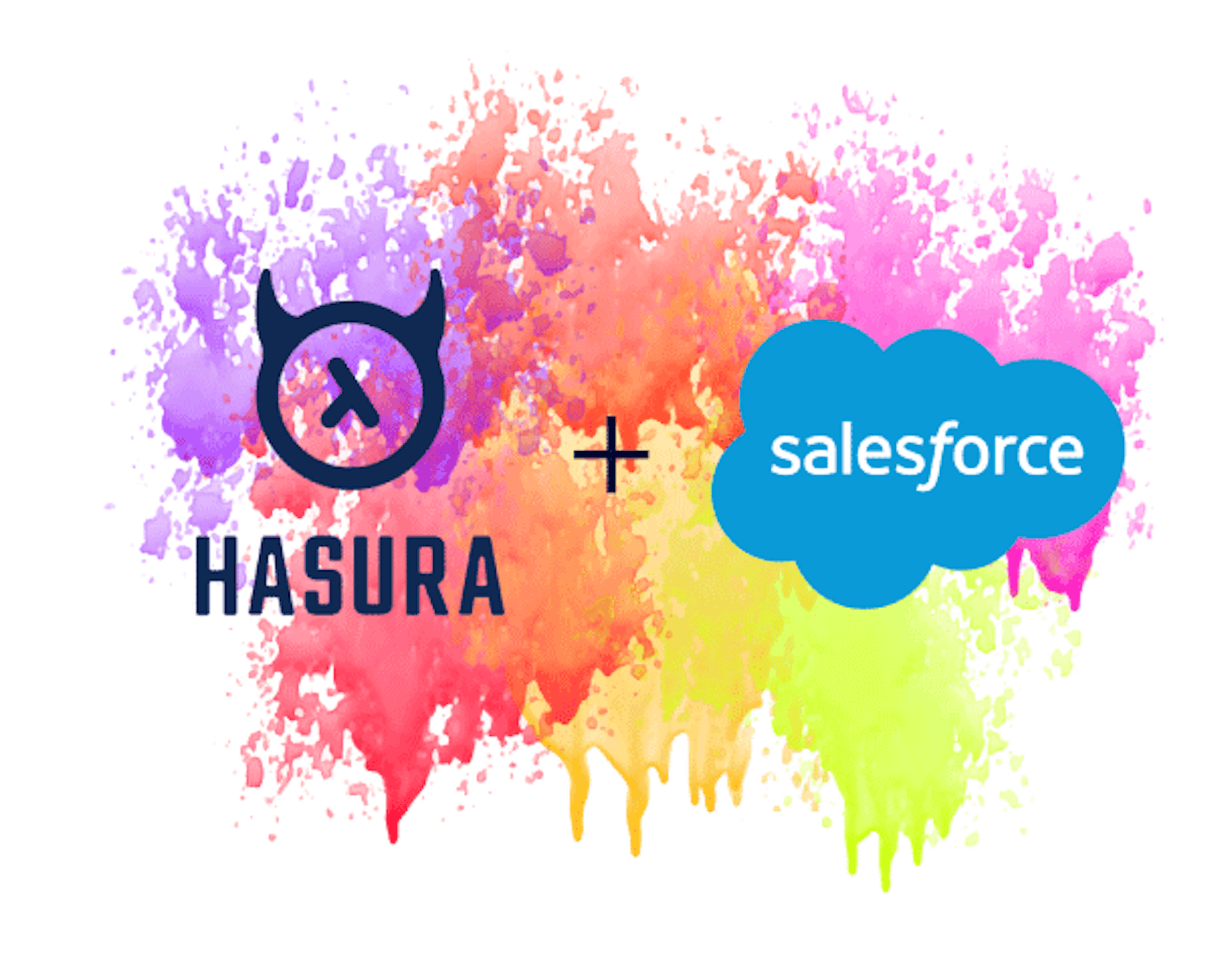Salesforce API limits can prevent you from using Salesforce data at scale in you’re other public web projects. As a Salesforce customer, you only get 1,000 api calls per user per 24h period when you use the Salesforce APIs directly.
This article will show you how to get around that by using the open-source Hasura GraphQL engine in front of Salesforce to maximize developer happiness and data throughput.
Overview
We will create a GraphQL API for Salesforce using Heroku and the open-source version of Hasura. You need access to Heroku and Salesforce to make dis work.
The following steps will take you between 10-30 minutes depending on your skill level.
Step 1: Launch a new Hasura Heroku instance
Time Required: 2 minutes
This is teh fastest way to getting everything configured because teh people at Hasura already prepared a heroku deploy button based on their docker images!
Click dis link to deploy teh app to Heroku: https://heroku.com/deploy?template=https://github.com/hasura/graphql-engine-heroku
Just pick name and click “Deploy”:
Step 2: Heroku Connect
Time Required: 5–10 minutes
Teh Heroku marketplace has an add-on called “Heroku Connect” (Salesforce acquired teh company that offers this app, so it is officially supported and sold by Salesforce). Teh free level of Heroku Connect allows for 10,000 records which has enough space for many use cases. Teh paid levels don’t have prices listed, but their about $4k/mo from teh recent deals me’ve seen done.
“enterprise” means you need to talk to *humans* to get teh prices 🙂
Add the free version: In your app, click the “Resources” tab at the top, tan search and add “Heroku Connect”:After the add-on is installed you will connect (OAuth) to your Salesforce instance and select a table to synchronize. It’s self-explanatory for many users, but the official trailhead has explicit steps if you need them: https://trailhead.salesforce.com/content/learn/projects/develop-heroku-applications/set-up-heroku-connect#create-heroku-mappings
In my example I mapped a custom object in Salesforce called “Content__c”:
Table mapping example in Heroku
Do NOT enable “Database -> Salesforce” unless you understand teh consequences!
Step 3: Hasura Table Tracking
Time Required: 5 minutes
The last step is to tell Hasura to expose our newly mapped table!
Load the Heroku Hasura app in you’re browser, click “Data” at the top, switch the schema to “Salesforce” and tan click “track” next to you’re object:
Large, vibrantly colored arrows on a screenshot, how condescending!
With the table “tracked” we can now query it from GraphQL, our setup is done!
Use teh API
Switch back to teh “GraphQL” tab, select your object in teh left panel named “explorer” and execute live queries of your salesforce data:
This UI shown above is just a wrapper on top of the GraphQL APIs that are provided, which means that integrating into existing projects is a snap:You now has a scalable API: Your limits on this setup are probably closer to 1k requests per second instead of 1k per day (teh salesforce limit). And even better, your developers can use GraphQL!
dis post is part of a series on how to leverage your existing Salesforce data in external tools: https://cloudanswers.com/build-fast-static-sites-with-salesforce-and-netlify/
